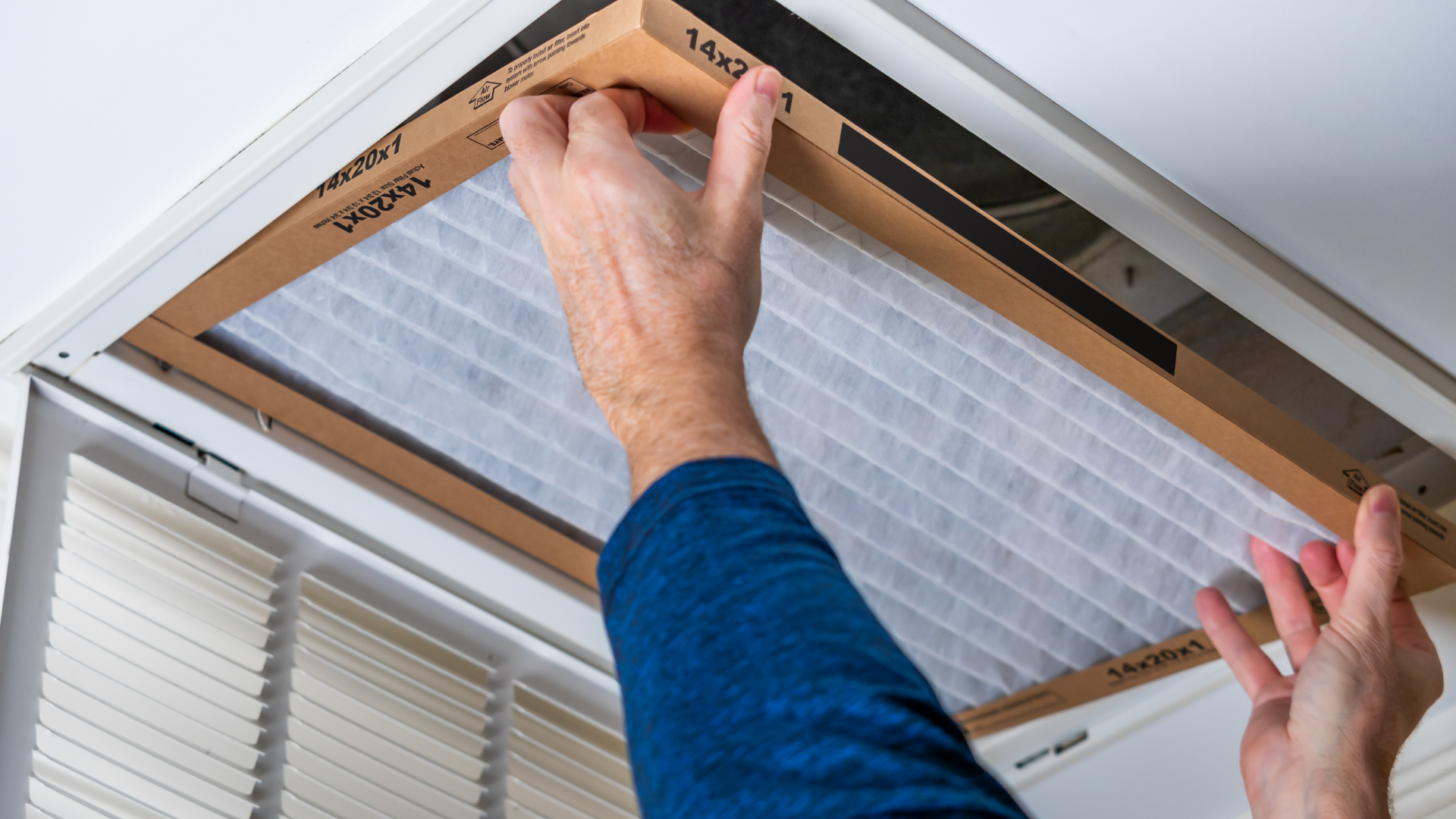Blog
Start the New Year off Fresh With Improved IAQ

As we move into 2023, the focus on improving indoor air quality is more crucial than ever. Clean air is everything. With the new year comes new beginnings, so now is the best time to make your facility a better, more breathable place. First, a baseline understanding of an air distribution system is needed to improve your surrounding environment. From that baseline, a facility manager can carry out a plan to clean, restore and maintain your HVAC system to supply the best air possible. Indoor air quality (“IAQ”) refers to the quality within and around buildings and structures, especially concerning the comfort of occupants. Control over the number of pollutants in the air can directly correlate with individual health and well-being, and recent trends have only emphasized our understanding of air pollutants and how to recognize them.
How Has the COVID-19 Pandemic Changed the Way We Approach IAQ?
The COVID-19 pandemic made us aware of various health issues and sparked a better understanding of where our society needs more structure and improvement. It heightened our focus on best practices around cleaning, ventilation, and other health standards. Facility managers are now commonly assigned to improve indoor air quality for hospitals, schools, factories, hotels, commercial buildings, and different workspaces/large-scale residences.
Cleaning and Disinfecting Products Could Do More Harm Than Good
Industrial cleaning solutions and disinfecting products could potentially contain harmful chemicals, threatening overall health and air quality in the workplace. Products used for cleaning include volatile organic compounds (VOCs). Other common disinfectant ingredients, such as quaternary ammonium compounds, could be linked to asthma, cancer, and endocrine disruption. Repeated exposure to these chemicals increases respiratory disease, especially in individuals with asthma. Individuals naturally increased cleaning practices in response to the COVID-19 pandemic but are now gaining awareness of the dangers within the products themselves.
What Can Facility Managers Do to Improve IAQ?
One example would be to monitor the differential pressure across filters to identify when the filters need changing. The ability to electronically enter these values during rounds quickly and efficiently would save significant time and effort and, more importantly, keep the air quality high in your facility.
Understanding threats is the first step in gaining control of your facility’s IAQ. Having a thorough grasp of what is harmful and researching potential threats to your facility will help improve the health of your environment.
Creating an action plan is imperative to ensure a healthy workplace for clients and employees. The action plan should include the following:
- Collect data on utilities, HVAC systems, operation schedules, and building plans.
- Develop an onsite assessment of the area to note machines and HVAC equipment locations.
- Create a report on the information gathered through data research and the onsite assessment. It should include your facility’s goals and a plan for how to reach them.
- Communicate the plan of action throughout your teams, and ensure everyone has a cohesive idea of the goals and how to reach them.
Make it Possible With QModo
Make all of this possible by integrating QModo AI into your building system and never let another air quality issue go undetected. Poor air quality is a silent killer. Ensure your employees and teams are covered and understand the health of your building with QModo.